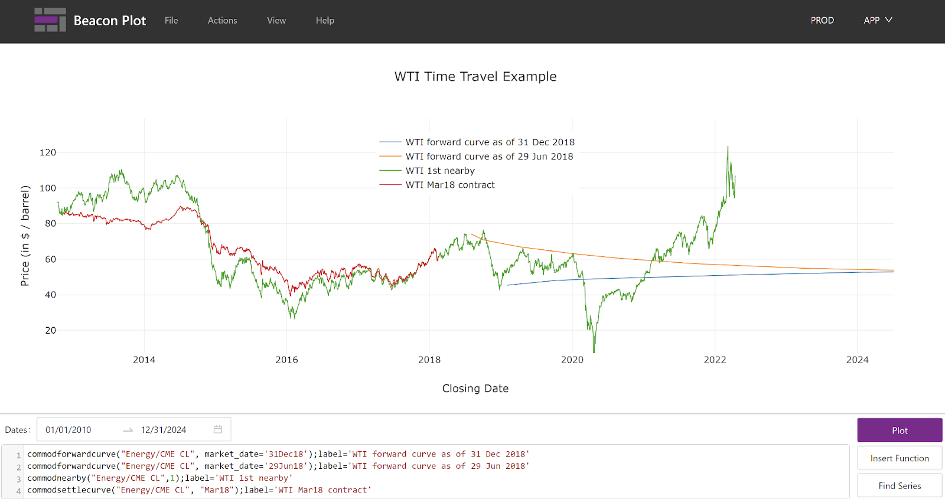Few things in life are perfect. Data, like life, often needs to be revised, corrected, or updated as new information is received, or as new modeling perspectives evolve. Being able to change items in a database is great, but what happens when you need to refer to the prior data or rerun prior models? Whether you need to review earlier results, rerun a historical analysis, or provide a regulator an extract, you don’t want to get caught in a situation where the original data is no longer available, or where the original data is no longer compatible with current models. The ability to effectively travel back through time, view historical data as it was at a specific date, reproduce derived results based on that data, and compare with results based on new analytics is essential for modern information-based businesses. Don’t be caught off guard, unable to answer the age-old data question: what if I could have lived life differently?
All the Things That You’ve Seen
Basic databases store a single value for an entry—if the data is changed, the previous information is overwritten and is no longer accessible. Some databases offer a simple form of time travel that temporarily stores the prior data after an update for a limited period of time, like 90 days. This is useful for short-term reviews and minor changes, but lacks the necessary depth to re-run analyses and reports over the longer terms required for detailed historical reviews, strategy backtesting, and regulatory compliance. Businesses need a better place to experiment with their data that keeps original and updated values for a much longer period of time. As storage is inexpensive, keeping multiple values is a very small cost compared to the benefits of being able to quickly recall all the things that you’ve seen.
Won’t Slowly Fade Away
The data structure in Beacon Platform includes an option to store every entry with two timestamps: the date and time associated with the original data and the actual time it was entered or changed. Since previous values are never overwritten, this combination provides virtually unlimited capability to time travel and view things as they were at any given point in time. Alternate historical data timelines are not just available for use as snapshots, but fully integrated with financial models and reports through the environment settings of Beacon’s dependency graph, for easy recalculation of financial metrics. Users can simply adjust the desired time of a P&L or risk report to select the appropriate data values. For example, quickly compare estimated versus actual values in monthly reports, examine impacts of revised cash flows on a complex financial instrument, reproduce the calculations to understand why you made some historical decisions, or just review the impact of data corrections. Because Beacon is based on enterprise-scale elastic cloud infrastructure, historical data won’t fade away to a segregated archive unless and until you want it to.
 Example of a financial time series with multiple time-travel data points, using crude oil futures. In this case, the green shows the first nearby contract price on WTI, red shows futures as of March 2018, and blue and orange shows forward curves that are created using exactly the same dataset, on different “as-of” dates.
Example of a financial time series with multiple time-travel data points, using crude oil futures. In this case, the green shows the first nearby contract price on WTI, red shows futures as of March 2018, and blue and orange shows forward curves that are created using exactly the same dataset, on different “as-of” dates.
A Better Place to Play
Unlimited data time travel is just one of the features that makes Beacon Platform a better place to play and innovate. Sophisticated version and governance controls enable time travel for all aspects of financial and quantitative analysis. In addition to choosing the data, you can also run reports with earlier versions of pricing models, analytics, and instrument definitions. Lifecycle workflows ensure that changes are appropriately reviewed and approved, and collaborative workspaces make it much easier to securely share and reuse models and analytics, increasing consistency throughout the organization. And Beacon plays well with others, easily integrating with existing systems and data. Don’t wait until it’s too late and risk looking back in anger for data that is no longer available.
To learn more about Beacon’s data warehouse and time travel data capabilities, download our white paper Beacon Data Warehouse and Bi-Temporal Data Model.